|
5/30/2020 Nobel Prize Winners and the Basics of What it Takes to Do Science at the Highest LevelRead NowMost scientists have ideas about how science is done, but those that have won a Nobel Prize probably know a thing or two that others don’t. Winning a Nobel Prize in science often means that you had an idea few others had and pursued it to discover something so important that it changed the world. So by virtue of having gone through this process, Nobel Prize winners probably know what it takes to do science at the highest level. Here I have put together a narrative regarding the basics behind doing this type of science, and I have supported it with a few quotes from those who made their pilgrimage to Stockholm to be bestowed the ultimate honor. 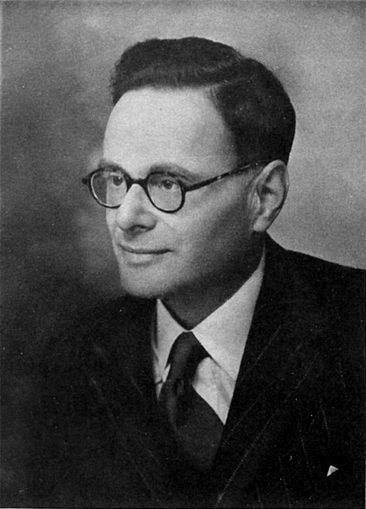 Hans Krebs Hans Krebs The first step in the basics of doing Nobel Prize level science is training. With whom should a would-be Nobel laurate train? The German-British biochemist, Hans Krebs, who won the Nobel Prize in 1953 for the discovery of important pathways in metabolism, had this to say: What, then, is it in particular that can be learned from teachers of special distinction? Above all, what they teach is high standards. We measure everything, including ourselves, by comparisons; and in the absence of someone with outstanding ability there is a risk that we easily come to believe that we are excellent and much better than the next man. Mediocre people may appear big to themselves (and to others) if they are surrounded by small circumstances. By the same token, big people feel dwarfed in the company of giants, and this is a most useful feeling. So what the giants of science teach us is to see ourselves modestly and not to overrate ourselves. This concept is not appreciated by many who are contemplating a career in the sciences. In most cases, excellent scientists have been trained by excellent mentors, and excellent scientists are maintained that way by keeping the company of those who are equal to or better than them (more on that later). 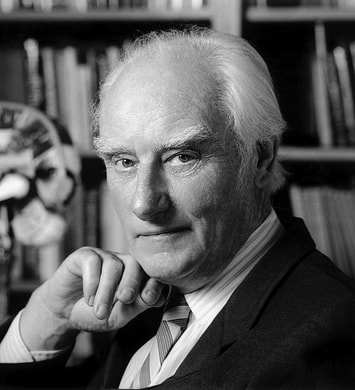 Francis Crick Francis Crick The next step is choosing the scientific problem that is to be tackled. Here I am not talking about a problem, I am talking about the problem, the line of research that will define a career and will be pursued probably for decades. The British molecular biologist, Francis Crick, co-recipient with James Watson and Maurice Wilkins of the Nobel Prize in 1962 for the discovery of the structure of the molecule of life, DNA, had this to say about this issue: The major credit I think Jim (James Watson) and I deserve … is for selecting the right problem and sticking to it. It’s true that by blundering about we stumbled on gold, but the fact remains that we were looking for gold. Both of us had decided, quite independently of each other, that the central problem in molecular biology was the chemical structure of the gene. … We could not see what the answer was, but we considered it so important that we were determined to think about it long and hard, from any relevant point of view. 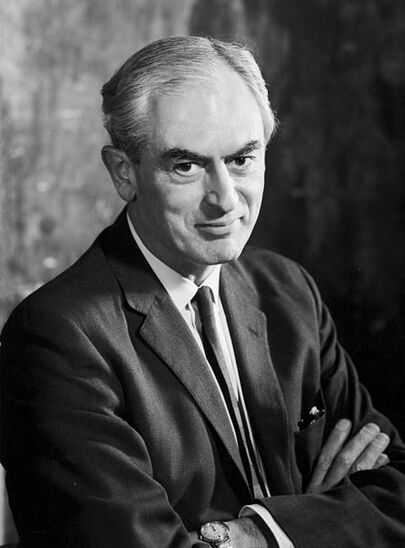 Peter Medawar Peter Medawar The importance of the selection of the right problem is something that is not understood even by many very smart scientists. The British biologist, Peter Medawar, who received a Nobel Prize in 1960 for his discovery of acquired immunological tolerance, framed this perfectly when he wrote the following about Crick’s colleague, James Watson: It just so happens that during the 1950s, the first great age of molecular biology, the English schools of Oxford and particularly of Cambridge produced more than a score of graduates of quite outstanding ability - much more brilliant, inventive, articulate and dialectically skillful than most young scientists; right up in the Jim Watson class. But Watson had one towering advantage over all of them: in addition to being extremely clever he had something important to be clever about. 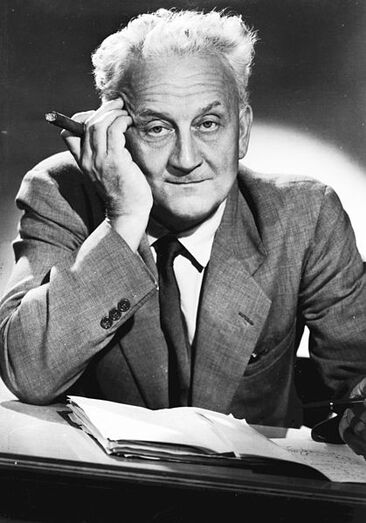 Albert Szent-Gyorgyi Albert Szent-Gyorgyi Those that ended up winning a Nobel Prize often had the vision early on in their careers to choose the right problem to work on. Once someone gets started in researching the right problem, the next step is asking questions and having ideas as to how these questions will be answered. But all scientists ask questions and have ideas. What is it that allows some scientists to make the great discoveries? The Hungarian biochemist, Albert Szent-Gyorgyi, who won the Nobel Prize in 1937 for research into how the body uses nutrients and for the discovery of vitamin C, explained what is behind the process of discovery in the following way: Discovery consists of seeing what everybody has seen and thinking what nobody has thought. 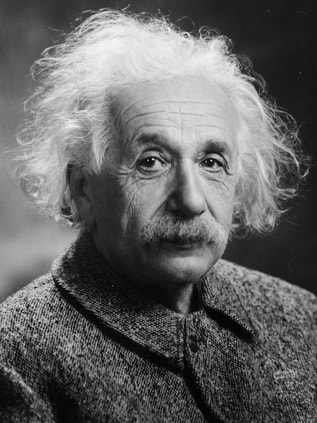 Albert Einstein Albert Einstein And the German physicist, Albert Einstein, who won a Nobel Prize in 1922 for his work in Theoretical Physics and his discovery of the law of the photoelectric effect, explained it this way: To raise new questions, new possibilities, to regard old problems from a new angle requires creative imagination and marks real advances in science. Finally, Hans Krebs (whom I quoted before) was quoted as telling the following to new researchers joining his laboratory: “I can teach you how to dig, but I can’t teach you where to dig.” This ability to “think what nobody has thought after looking at what everyone has seen”, to display “creative imagination”, and to “dig in the right place”, is something that unfortunately cannot be taught. It’s a talent like those possessed by high performing athletes, virtuoso musicians, or inspired painters. You either have it, or you don’t. Scientists, like athletes, musicians, or painters, can improve their skills over the years, but being able to perform at a Nobel Prize-worthy level for any significant amount of time is something that can’t be learned or acquired with experience. 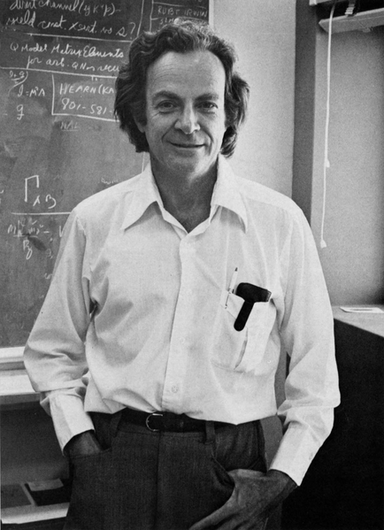 Richard Feynman Richard Feynman Apart from the above, once scientists are on their way to Nobel Prize level discoveries, what else do they need to do? The American physicist, Richard Feynman, who won the Nobel Prize in 1965 for his work in quantum electrodynamics volunteered this wisdom: The first principle is that you must not fool yourself—and you are the easiest person to fool. So you have to be very careful about that. After you’ve not fooled yourself, it’s easy not to fool other scientists. You just have to be honest in a conventional way after that.  Werner Heisenberg Werner Heisenberg And along the way to becoming experts, scientists will make mistakes and will also see others make mistakes. This experience is important. As the German physicist, Werner Heisenberg, who won the Nobel Prize in 1932 for his work in the creation of quantum mechanics, wrote: An expert is someone who knows some of the worst mistakes that can be made in his subject, and how to avoid them. So what can scientists do to avoid fooling themselves and to recognize and learn from their mistakes? A possible answer to this question is: collaboration (the right kind). Francis Crick (whom I quoted before) had this to say about the right kind of collaboration talking about his interaction with his colleague, James Watson: If, for example, I had some idea, which, as it turned out would, say, be quite wrong, was going off of the tangent, Watson would tell me in no uncertain terms this was nonsense, and vice-versa. If he had some idea I didn’t like and I would say so and this would shake his thinking about it and draw him back again. And in fact, it’s one of the requirements for collaboration of this sort that you must be perfectly candid, one might almost say rude, to the person you are working with. It’s useless, working with somebody who’s either much too junior than yourself, or much too senior, because then politeness creeps in. And this is the end of all real collaboration in science. I believe the foregoing pretty much sums up the basics for performing science at its highest levels. However, I don’t want to give the impression that Nobel Prize level science is the only worthwhile science. Most scientists make incremental contributions to scientific progress and move their fields along the path of discovery producing useful applications. These scientists will never earn a Nobel Prize, but their research benefits society in many ways. Photograph of Hans Krebs by the Nobel Foundation is in the public domain and has been modified from the original. Photo of Francis Crick by Marc Lieberman is used here under an Attribution 2.5 Generic (CC BY 2.5) license. Photo of Peter Medawar from the Wellcome Collection is used here under an Attribution 4.0 International (CC BY 4.0) license. Photo of Albert Szent-Gyorgyi by Fortepan from the Semmelweis University Archives is used here under an Attribution 4.0 International (CC BY 4.0) license. The photograph of Albert Einstein by Orren Jack Turner obtained from the Library of Congress is in the public domain. Photo of Richard Feynman from the Yearbook of The California Institute of Technology is in the public domain. Photograph of Werner Heisenberg from the German Federal Archives is used here under an Attribution-ShareAlike 3.0 Germany (CC BY-SA 3.0 DE) license.
0 Comments
Your comment will be posted after it is approved.
Leave a Reply. |
Details
Categories
All
Archives
June 2024
|
 RSS Feed
RSS Feed